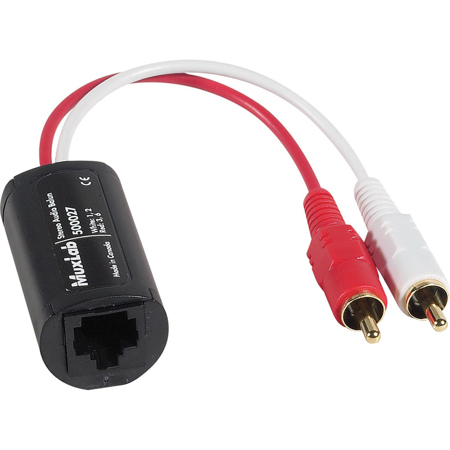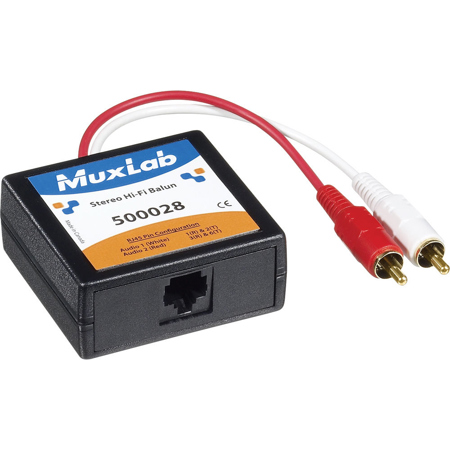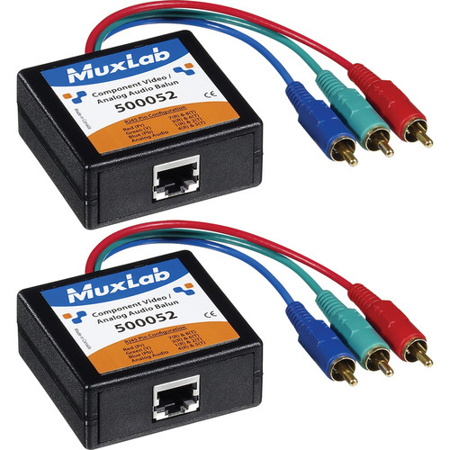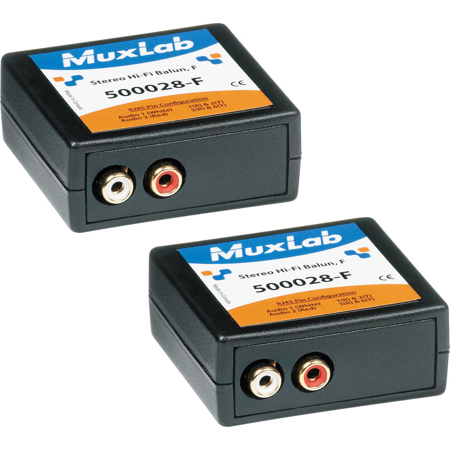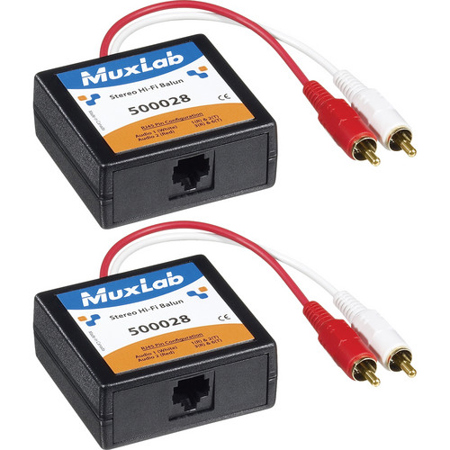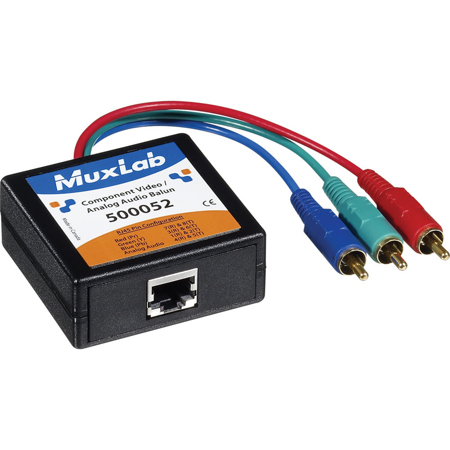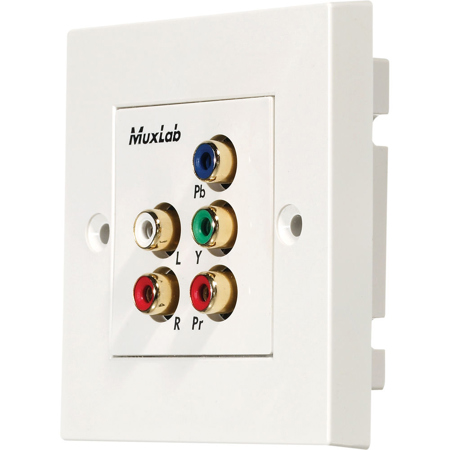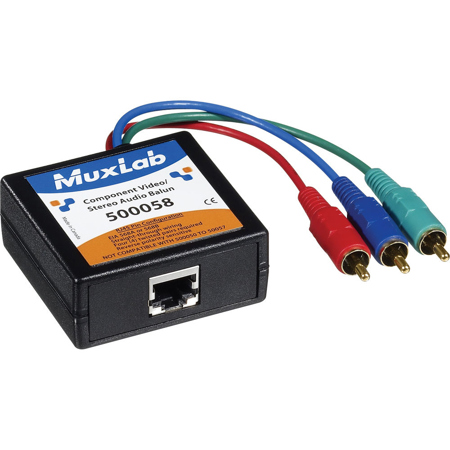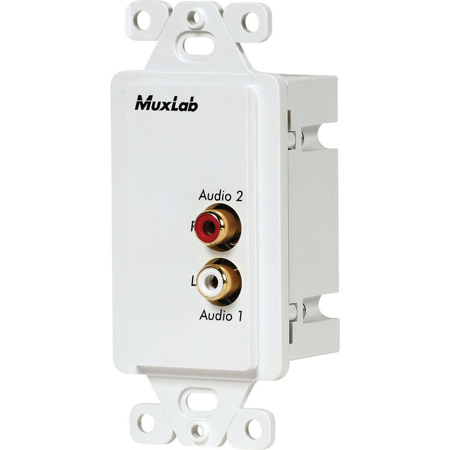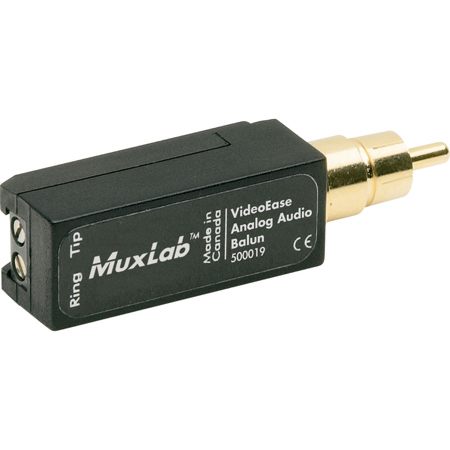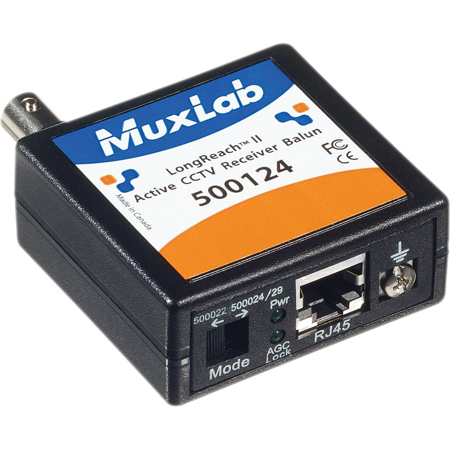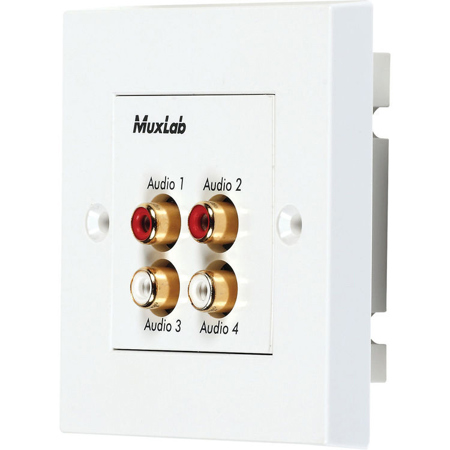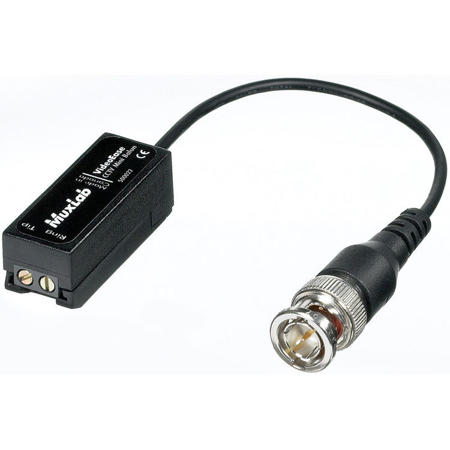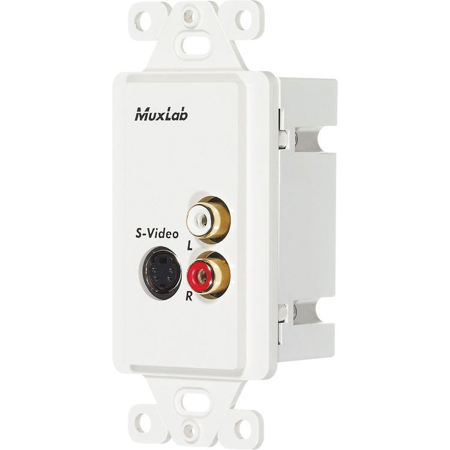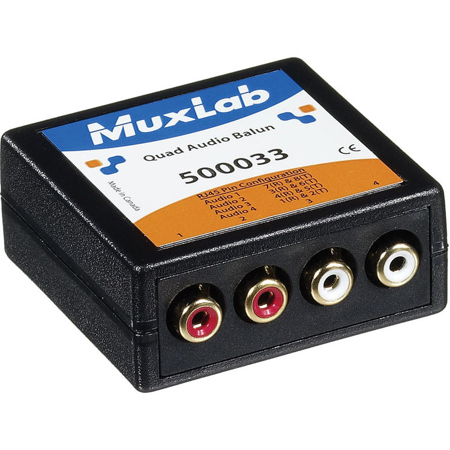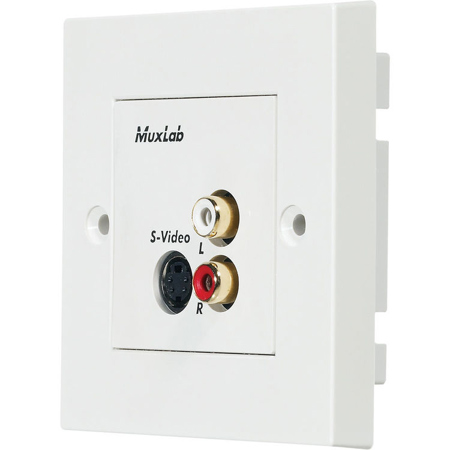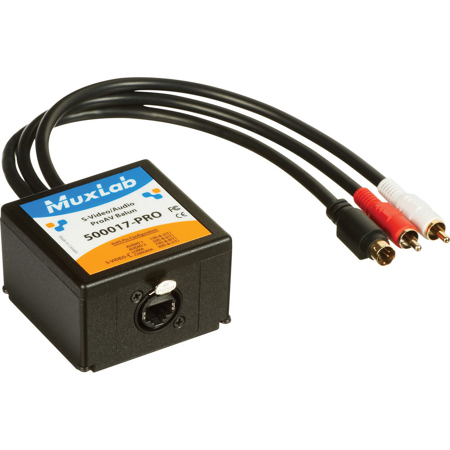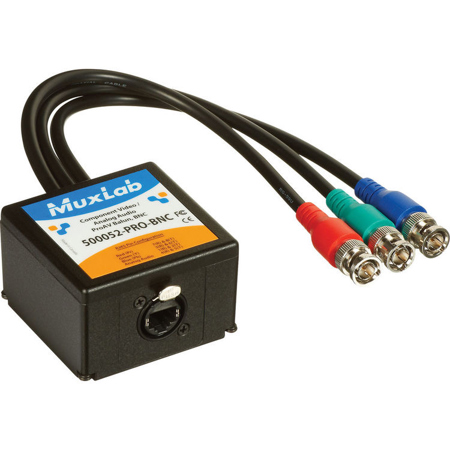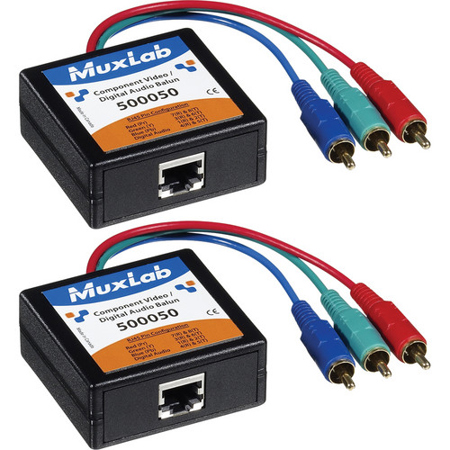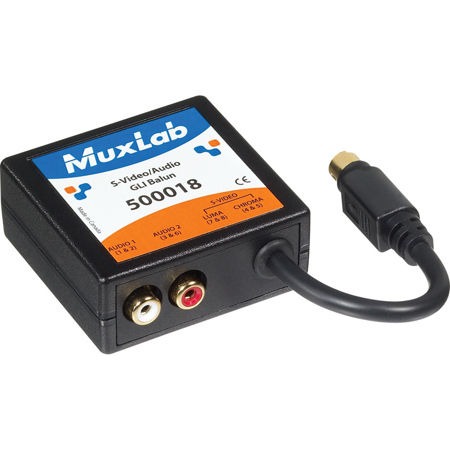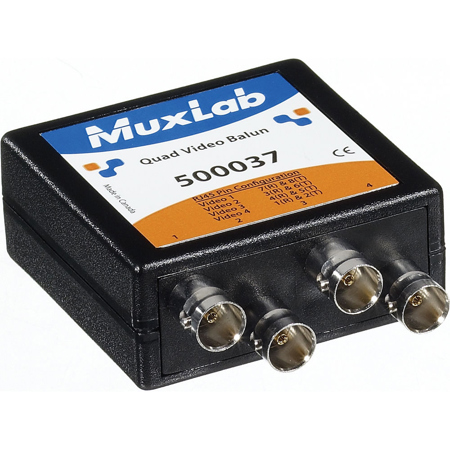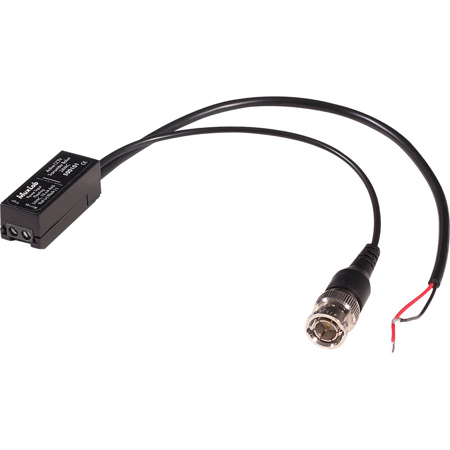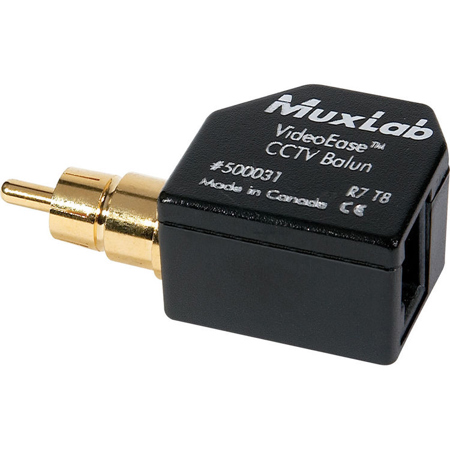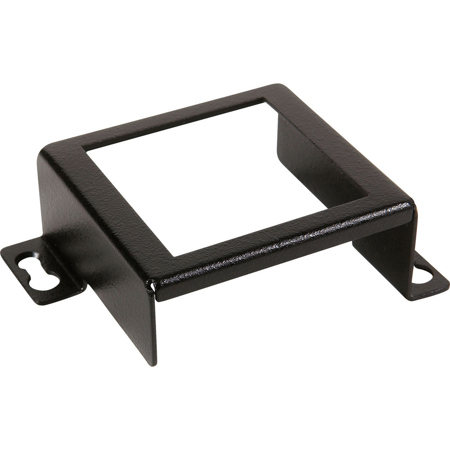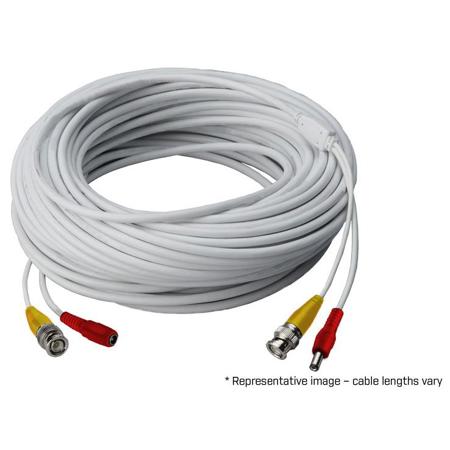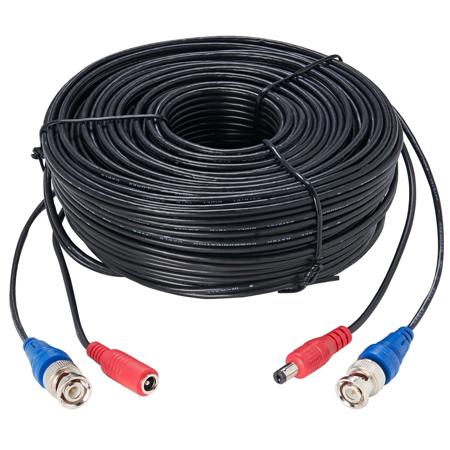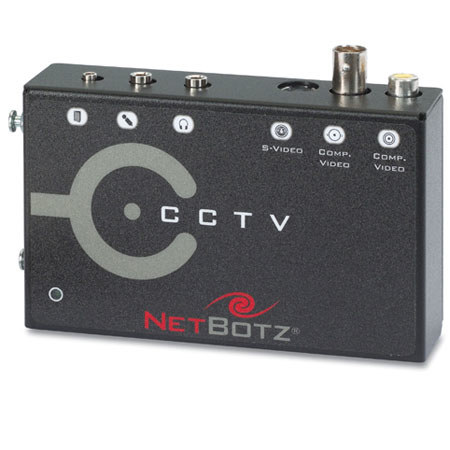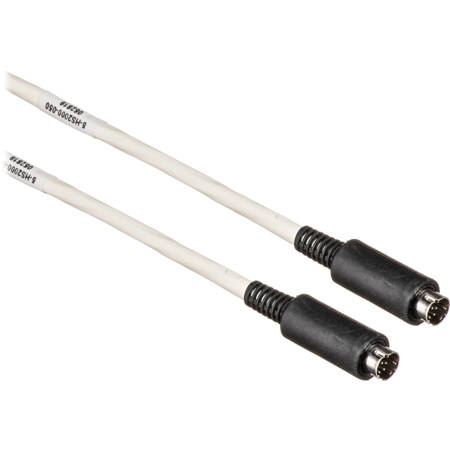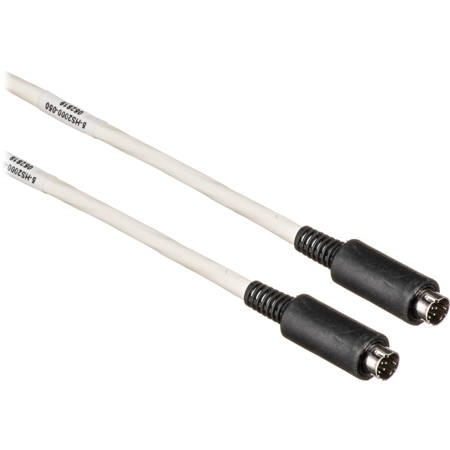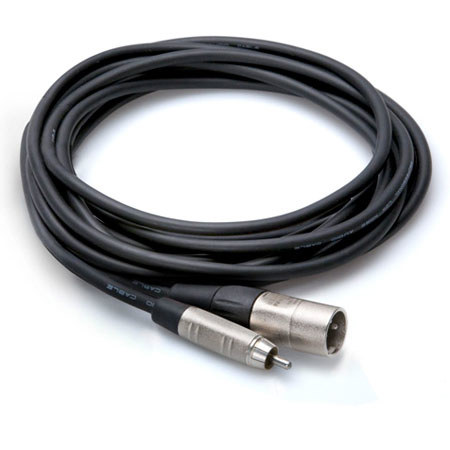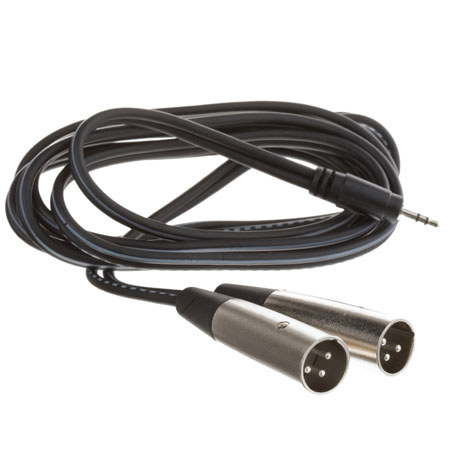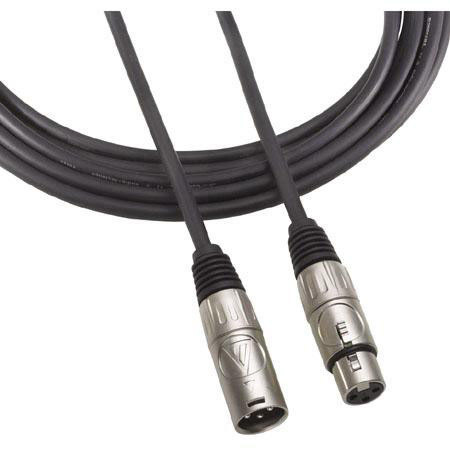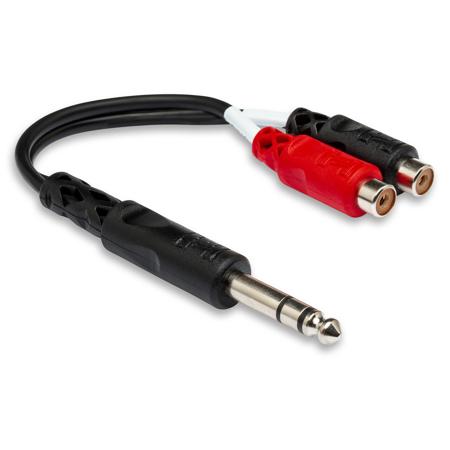Audio Baluns
In the world of audio and video integration, few tools are as essential yet as understated as the audio balun. These clever devices are the unsung heroes behind seamless connectivity in studios, live venues, houses of worship, and even home entertainment systems. As the crisp air of September ushers in a new season of performances, events, and creative projects, audio professionals and enthusiasts alike are taking stock of their setups, ensuring every signal path is optimized for clarity and reliability. Audio baluns play a crucial role by converting unbalanced audio signals to balanced ones, allowing sound to travel over long distances without succumbing to interference or signal degradation. Whether you’re wiring a sprawling conference hall for a fall symposium or prepping an intimate home theater for cozy movie nights, the right balun can make the difference between muddled audio and pristine sound reproduction.
Selecting an audio balun requires a thoughtful assessment of your unique needs and environment. For those working in live sound or broadcast settings, robust construction and compatibility with existing cabling—often twisted pair or Cat5e/6—are vital. Installers appreciate baluns for their ability to simplify complex runs, reducing the need for expensive shielded cables and minimizing hum and buzz in electrically noisy spaces. In educational settings, where classrooms and lecture halls demand reliable audio over long distances, a well-chosen balun ensures every word is heard with clarity, even from the back row. For the home audio enthusiast, baluns offer a discreet solution for sending high-fidelity sound from a central source to remote speakers, perfect for autumn gatherings or streaming music throughout the house during the holidays. They also make thoughtful gifts for the AV hobbyist or professional in your life—especially as the season brings new opportunities for home improvement and creative experimentation.
When integrating audio baluns into a system, it’s important to consider the type of signal—analog or digital—and the specific connectors required, such as RCA, XLR, or 3.5mm. Matching the balun’s impedance with your source and destination equipment is key to preserving audio integrity. Many users pair baluns with complementary gear like Audio Distribution Amplifiers to ensure consistent levels and signal strength across multiple zones or rooms. As you plan your next installation or upgrade, take the time to map out your cable runs and identify potential sources of interference, such as power lines or fluorescent lighting. A quality audio balun not only streamlines your wiring but also delivers peace of mind, knowing your sound will remain clear and consistent, whether you’re capturing the nuances of a live jazz performance or ensuring every student can hear a lecture. As the days grow shorter and the calendar fills with new projects, investing in reliable signal management tools like audio baluns sets the stage for audio excellence, no matter the scale or setting.
Selecting an audio balun requires a thoughtful assessment of your unique needs and environment. For those working in live sound or broadcast settings, robust construction and compatibility with existing cabling—often twisted pair or Cat5e/6—are vital. Installers appreciate baluns for their ability to simplify complex runs, reducing the need for expensive shielded cables and minimizing hum and buzz in electrically noisy spaces. In educational settings, where classrooms and lecture halls demand reliable audio over long distances, a well-chosen balun ensures every word is heard with clarity, even from the back row. For the home audio enthusiast, baluns offer a discreet solution for sending high-fidelity sound from a central source to remote speakers, perfect for autumn gatherings or streaming music throughout the house during the holidays. They also make thoughtful gifts for the AV hobbyist or professional in your life—especially as the season brings new opportunities for home improvement and creative experimentation.
When integrating audio baluns into a system, it’s important to consider the type of signal—analog or digital—and the specific connectors required, such as RCA, XLR, or 3.5mm. Matching the balun’s impedance with your source and destination equipment is key to preserving audio integrity. Many users pair baluns with complementary gear like Audio Distribution Amplifiers to ensure consistent levels and signal strength across multiple zones or rooms. As you plan your next installation or upgrade, take the time to map out your cable runs and identify potential sources of interference, such as power lines or fluorescent lighting. A quality audio balun not only streamlines your wiring but also delivers peace of mind, knowing your sound will remain clear and consistent, whether you’re capturing the nuances of a live jazz performance or ensuring every student can hear a lecture. As the days grow shorter and the calendar fills with new projects, investing in reliable signal management tools like audio baluns sets the stage for audio excellence, no matter the scale or setting.
